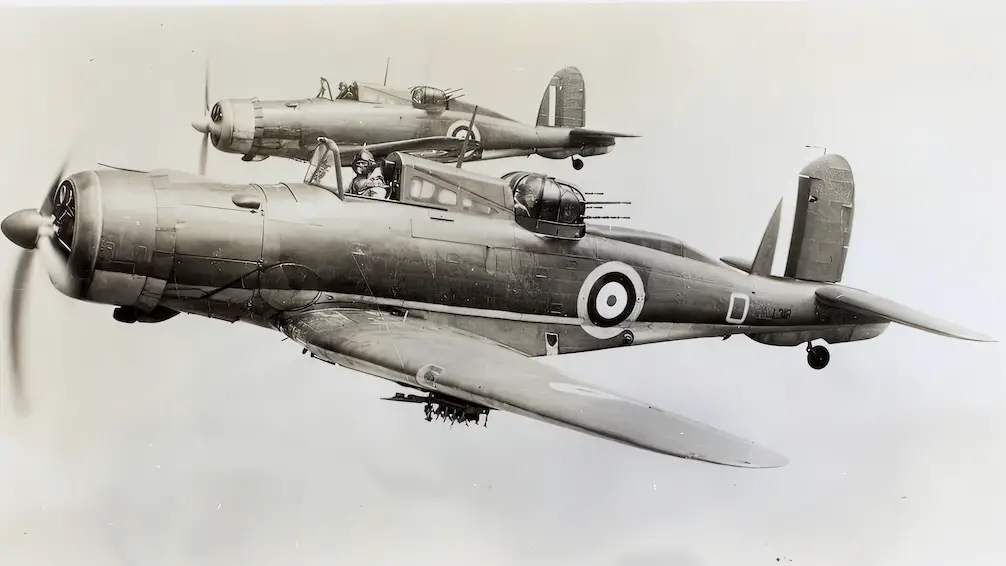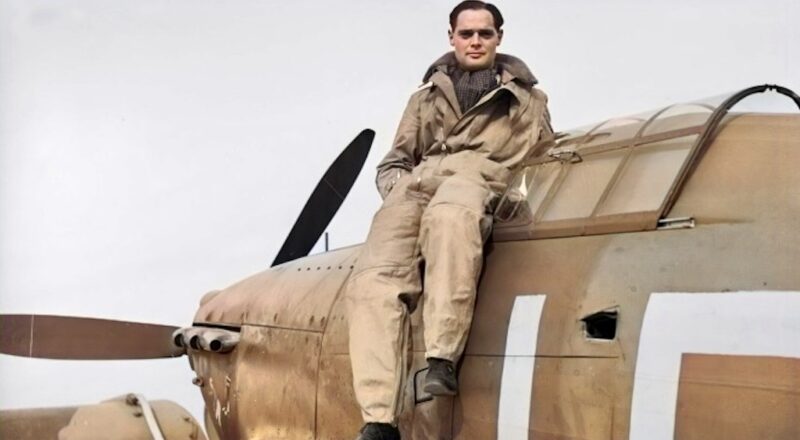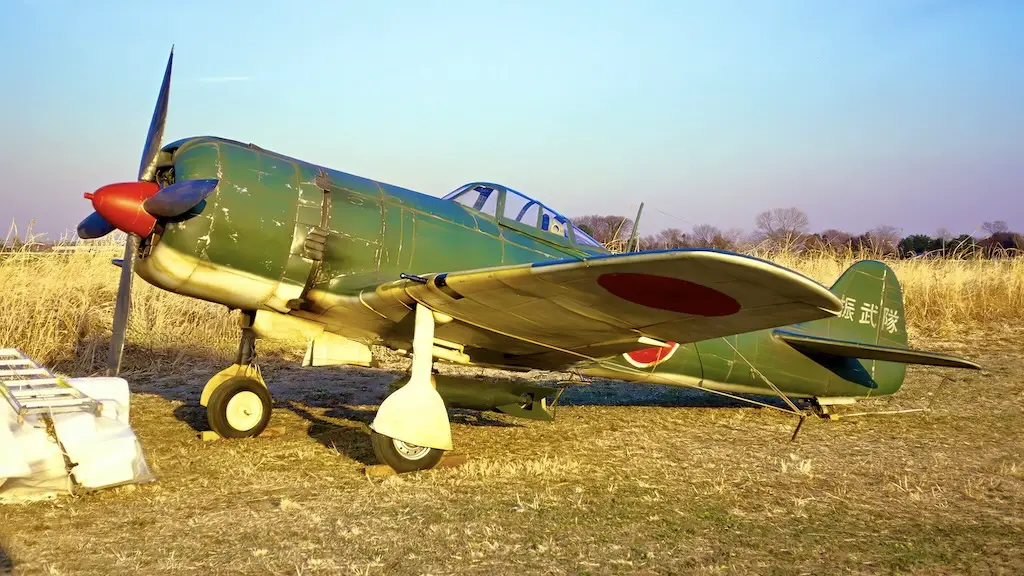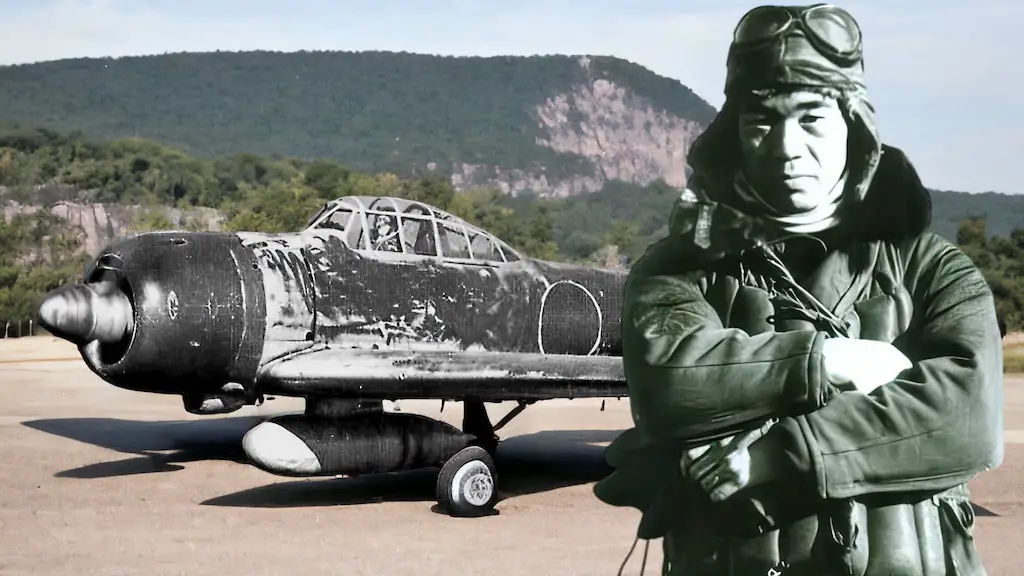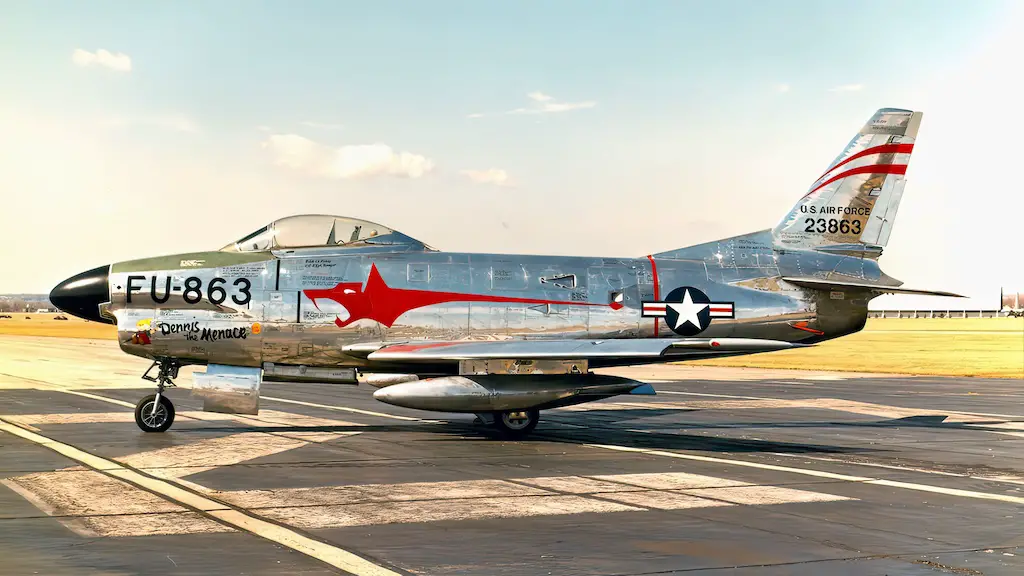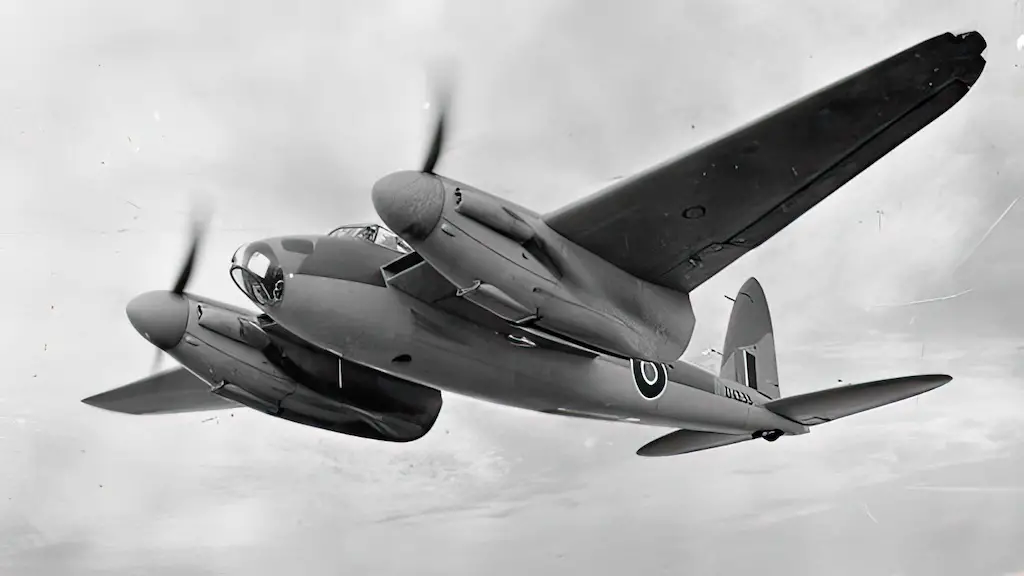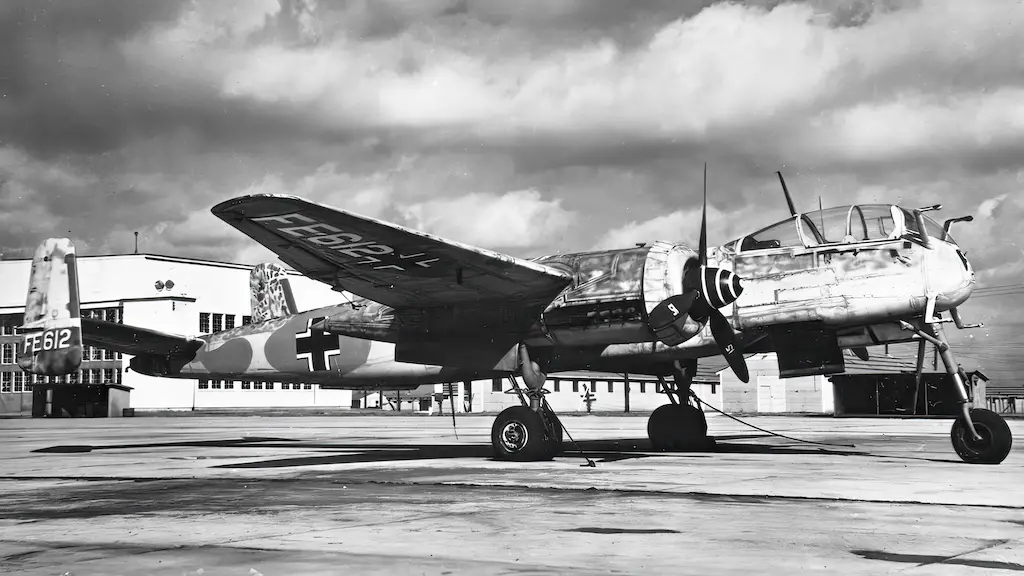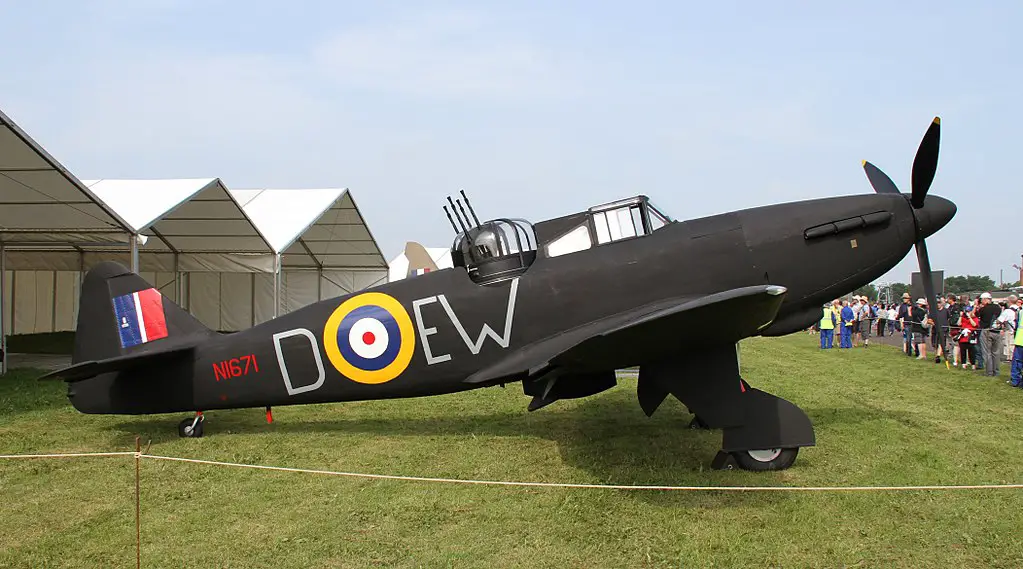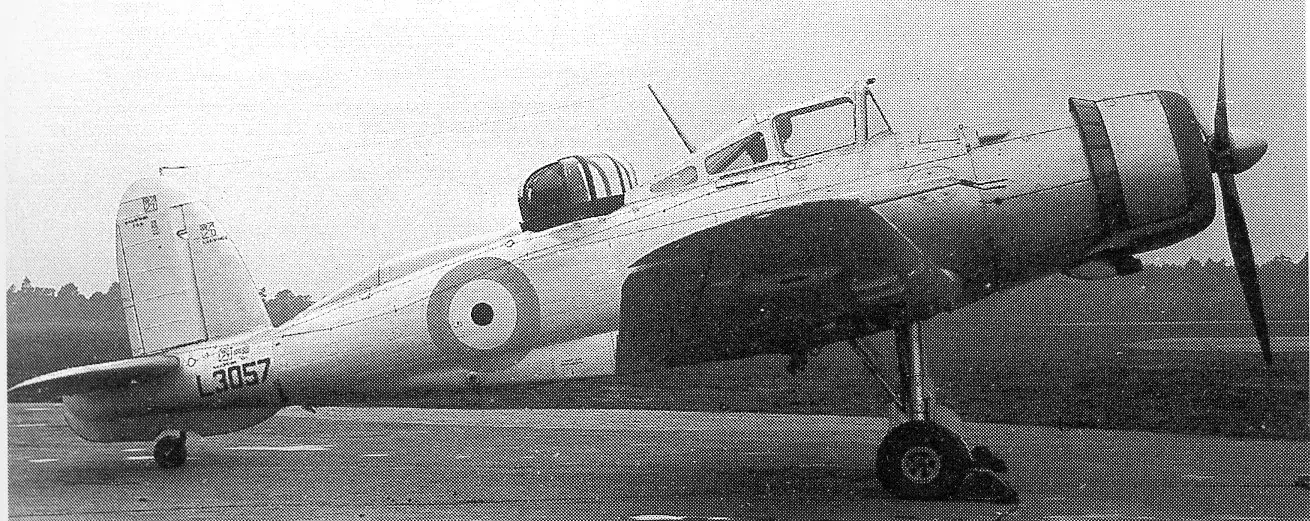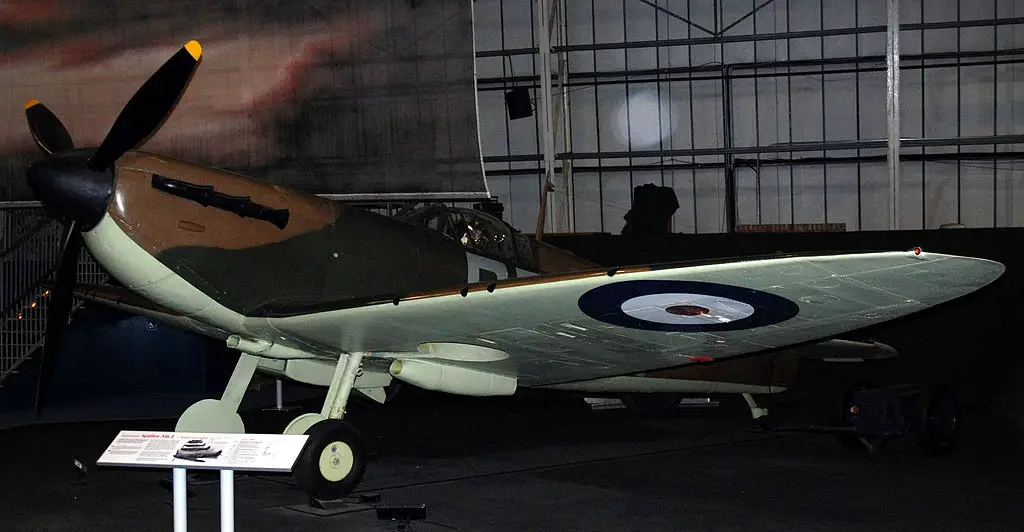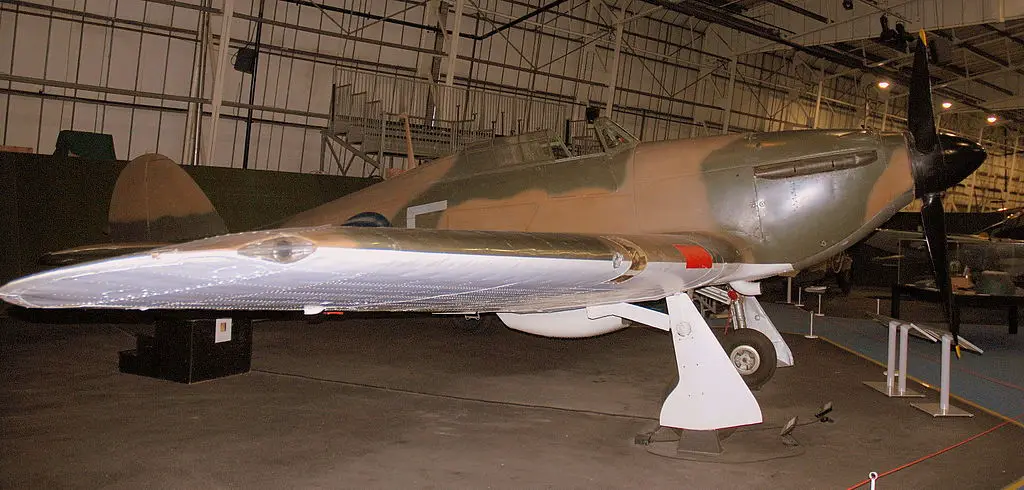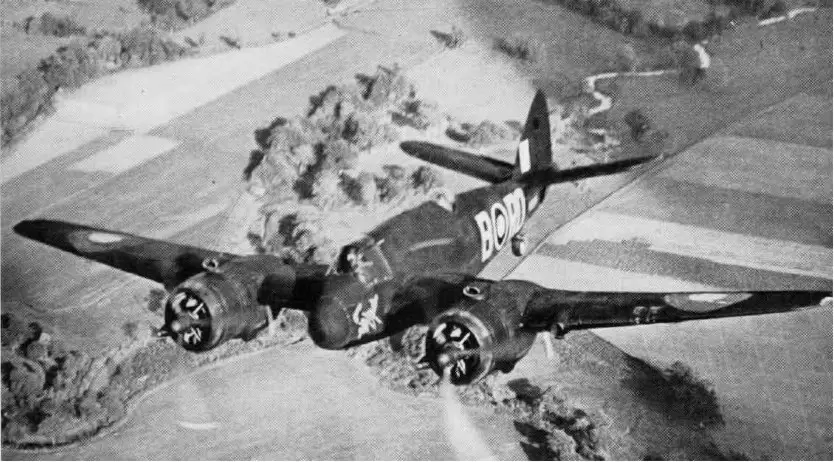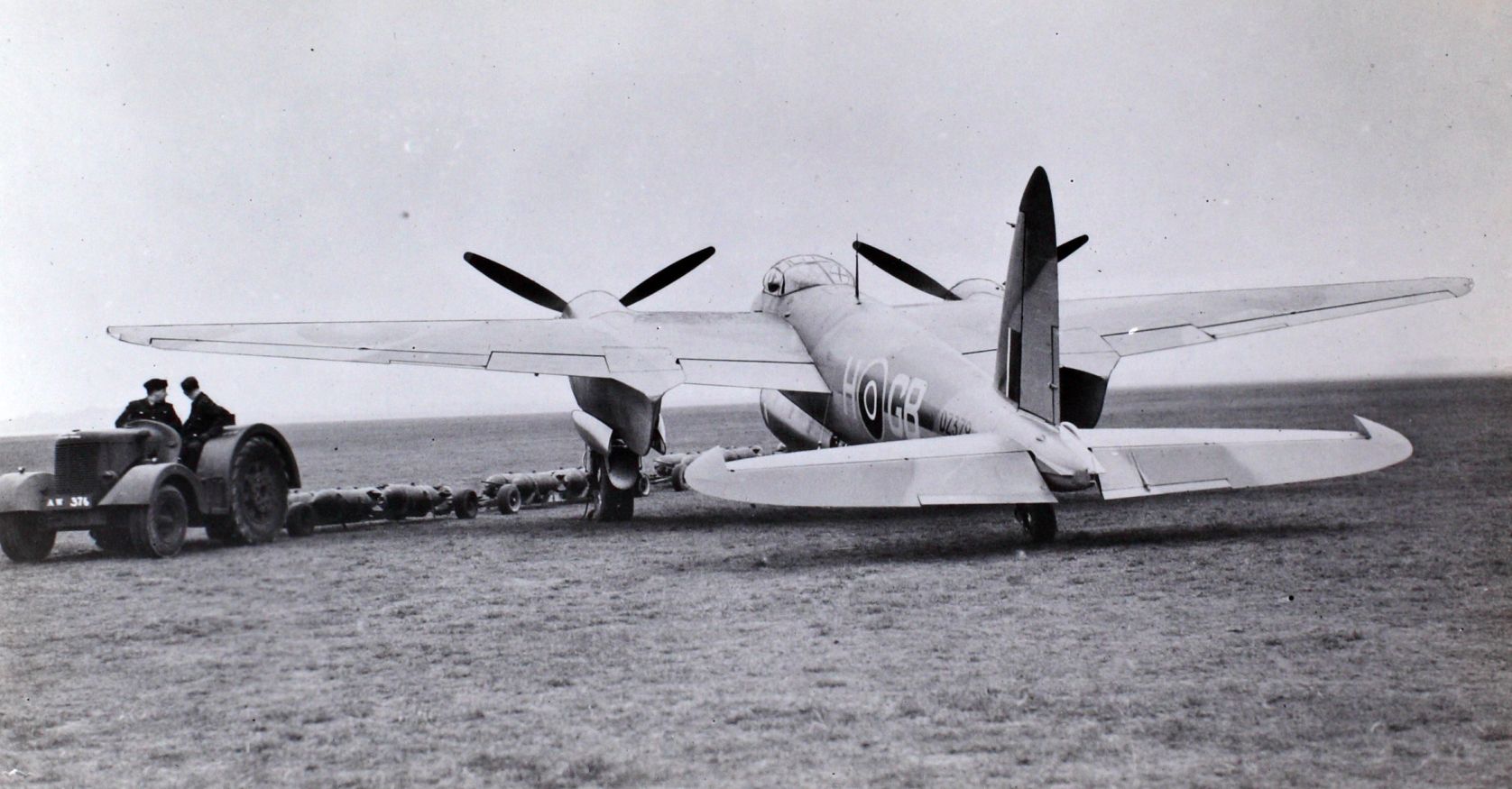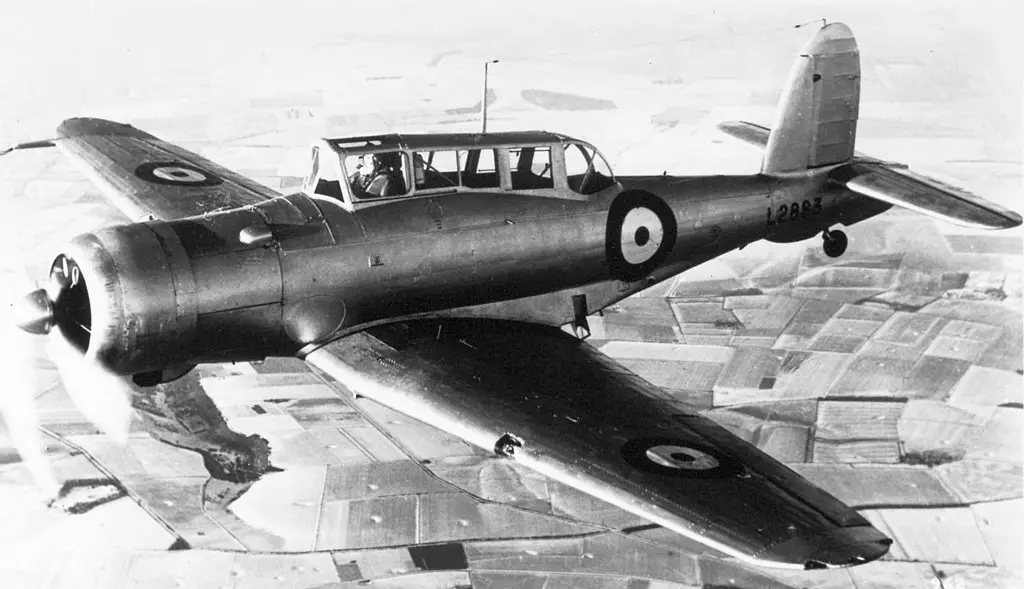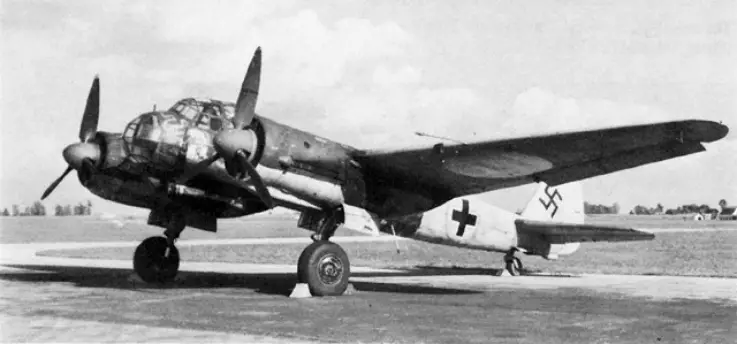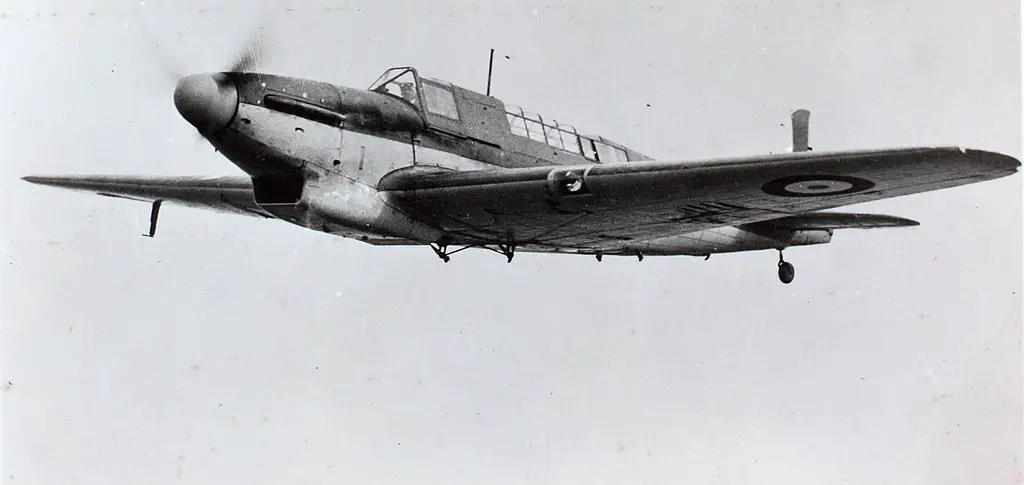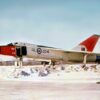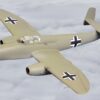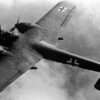At the dawn of aerial warfare history, in the early days of the First World War, pilots would attack enemy aircraft by flying below it and shooting at its belly from a pistol, a carbine, or a machine gun. When propeller-synchronized forward-firing machine guns appeared, they were universally recognized as a huge innovation and soon became ubiquitous, influencing the dogfighting tactics accordingly.
Surprisingly, two decades later, when a forward-firing machine gun or cannon had long been established as a fighter aircraft’s primary weapon, two British airplane manufacturers, Boulton Paul Aircraft and Blackburn Aircraft, produced fighter designs that did not have any forward-firing weapons whatsoever. Instead, they featured powerful multi-barrel turrets looking up and back. Even more surprisingly, these aircraft, the Boulton Paul Defiant and the Blackburn B-25 Roc did not remain extravagant prototypes. They were mass produced and saw combat during the Second World War.
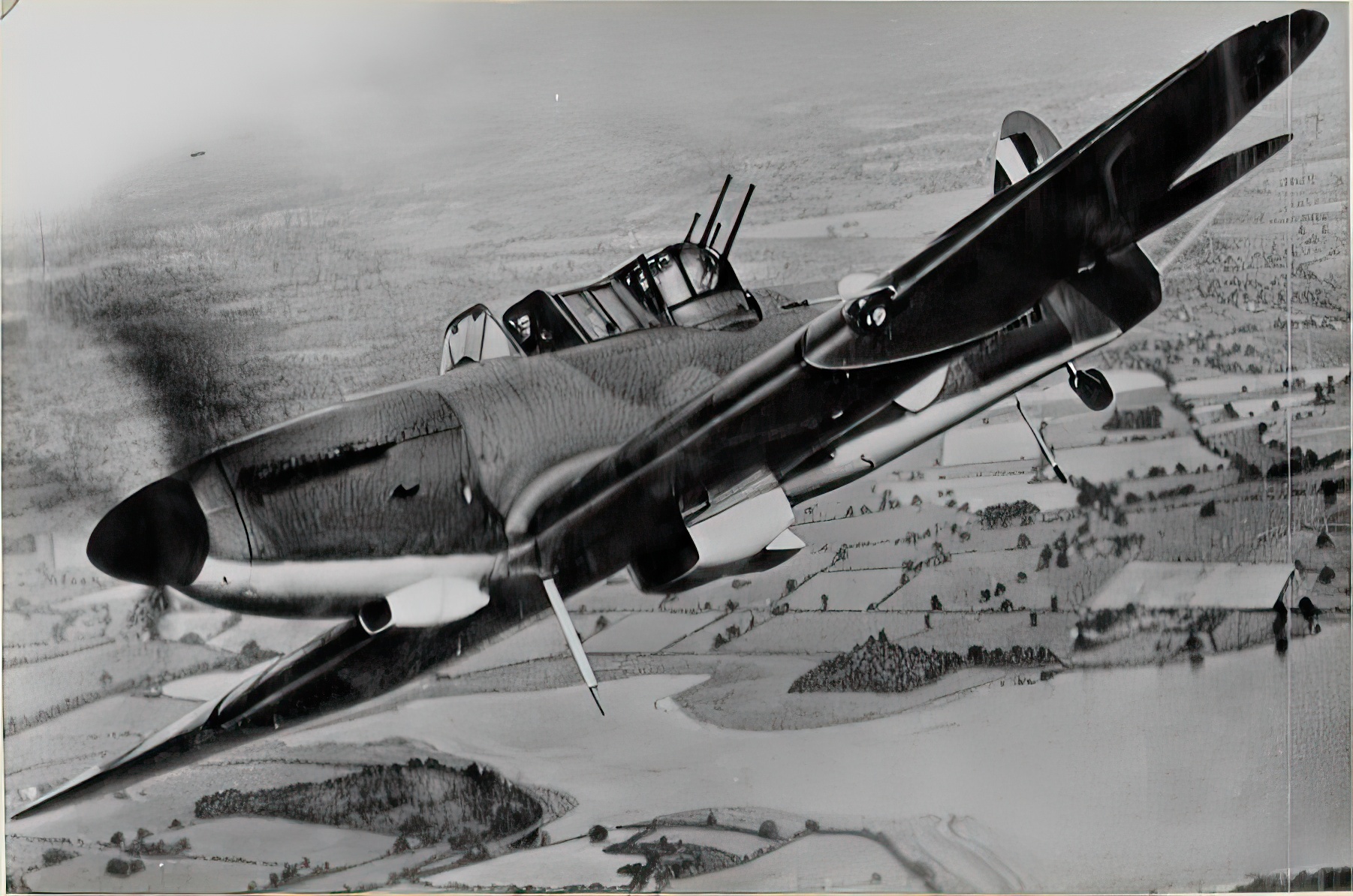
Boulton Paul Defiant, the RAF’s turret fighter
The Defiant was armed by 0.303 in (7.7 mm) Browning machine guns located in a located hydraulically powered dorsal turret. All of the aircraft’s weaponry was thus in charge of the gunner, while the pilot’s job in a combat situation was to bring the aircraft into a position most suitable for an attack. The idea here was that such specialization of labor would help the pilot undistracted by aiming fly better and the gunner undistracted by flying aim better.
The Defiant used a 1,030-hp Rolls Royce Merlin III, the same engine that powered its legendary contemporaries, the Spitfire and the Hurricane. However, the Defiant was larger and considerably heavier, not least due to the weighty turret. Hence, it was much slower, with a top speed of just 304 mph.
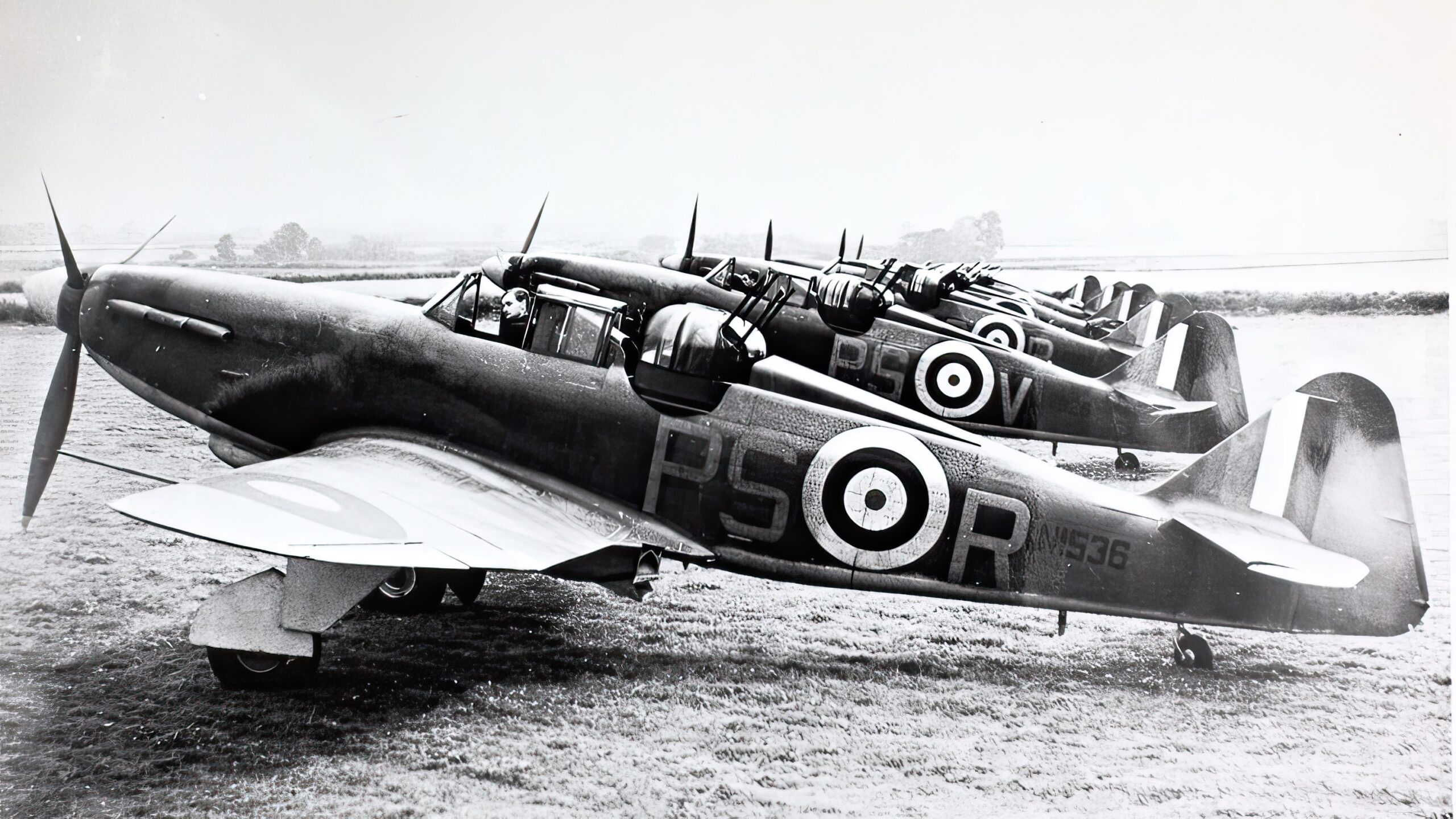
Defiant in the Battle of Britain and afterwards
The Defiant first went into action in May 1940 over the Netherlands, and then went on to fight in the Battle of Britain. Designed for engaging unescorted bombers, it did have some success in that role. However, encounters with German Messerschmitt Bf 109s often ended fatally for the Defiant—the Germans figured very quickly that they could attack it head-on with impunity. On one occasion in July 1940, No.141 Squadron lost six out of nine Defiants that got airborne.
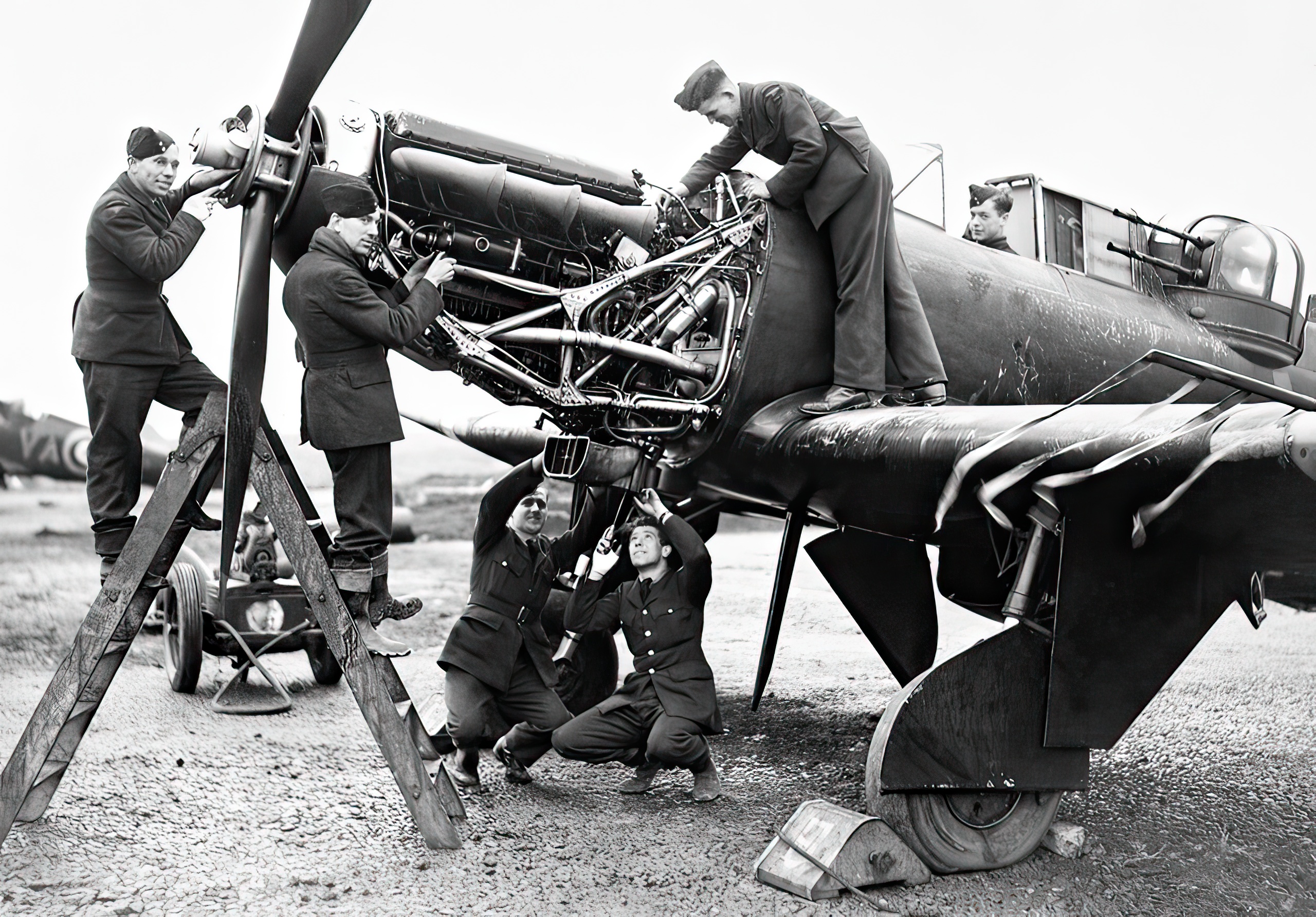
That prompted the RAF command to change the Defiant’s role to a night fighter, in which it proved to be very successful in the winter of 1940-41. Hence, in this role the type equipped thirteen squadron of RAF. In the day fighter role, it was mere two. By then Bolton Paul designed the Defiant Mk II version. Along with other minor improvements, it featured a more powerful 1,260-hp Merlin XX engine and an airborne interception radar.
Later, when the Defiant was largely superseded in the night fighter role by Bristol Beaufighter and de Havilland Mosquito, it was relegated to other uses, such as high-speed target towing, training, and air-sea rescue. It also became the first electronic countermeasures aircraft in the world, used to jam German early warning radars. A total of 1,064 aircraft were built between 1937 and 1943.
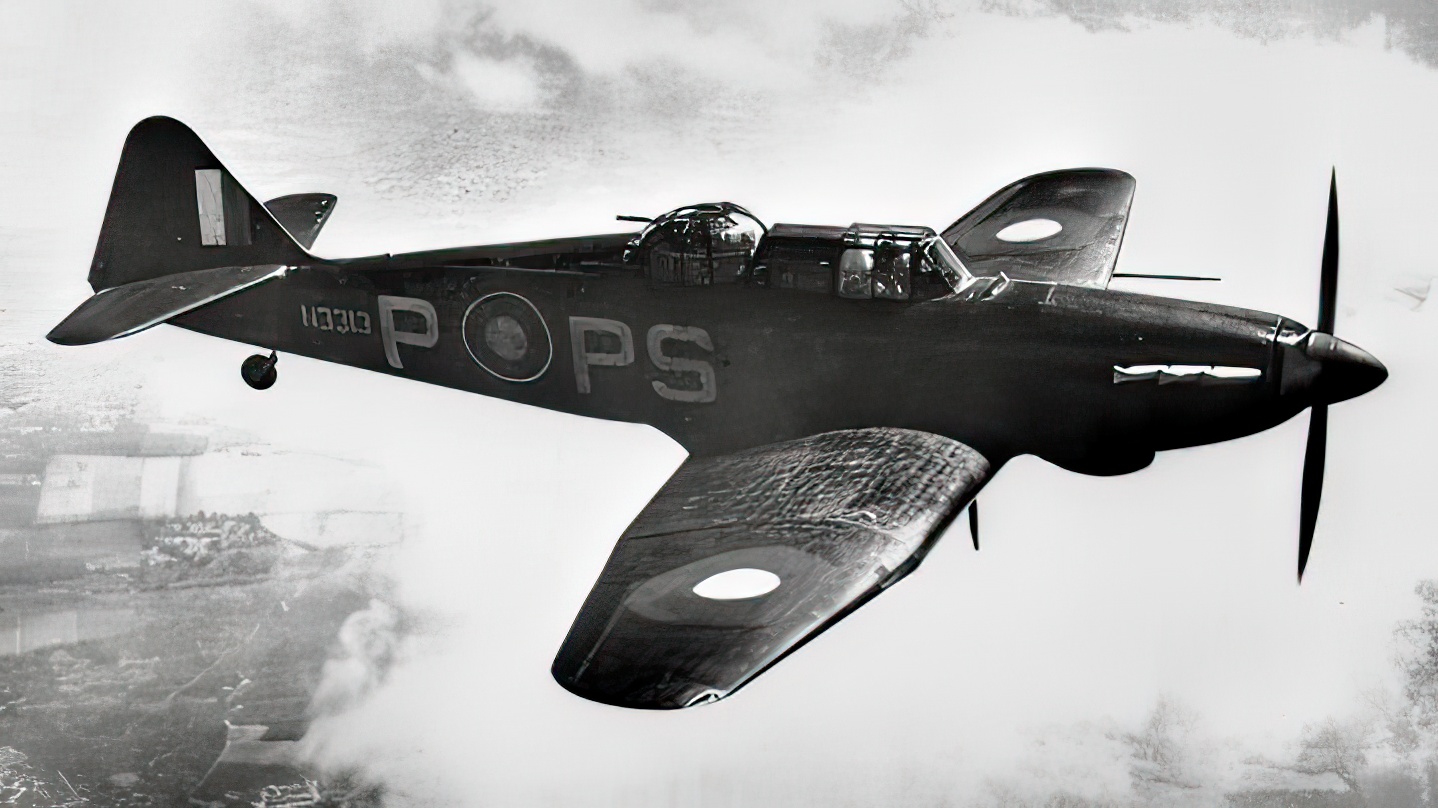
Blackburn Roc, the Royal Navy’s carrier-based turret fighter
The other turret fighter, Blackburn B-25 Roc, saw much more limited production that the Defiant: just 136 airframes. Named after a mythical bird, it was developed from the Blackburn Skua dive-bomber. The Roc was designed for operation by the Fleet Air Arm (FAA) as a carrier-based fighter and first flew in late 1938. Powered by a 890-hp Bristol Pegasus XII engine, the Roc was even slower than the Defiant, having a top speed of 223 mph. Just like the Defiant, it had four 0.303-in machine-guns in the rear turret. It could also carry bombs and was used in ground attack missions like the Skua.
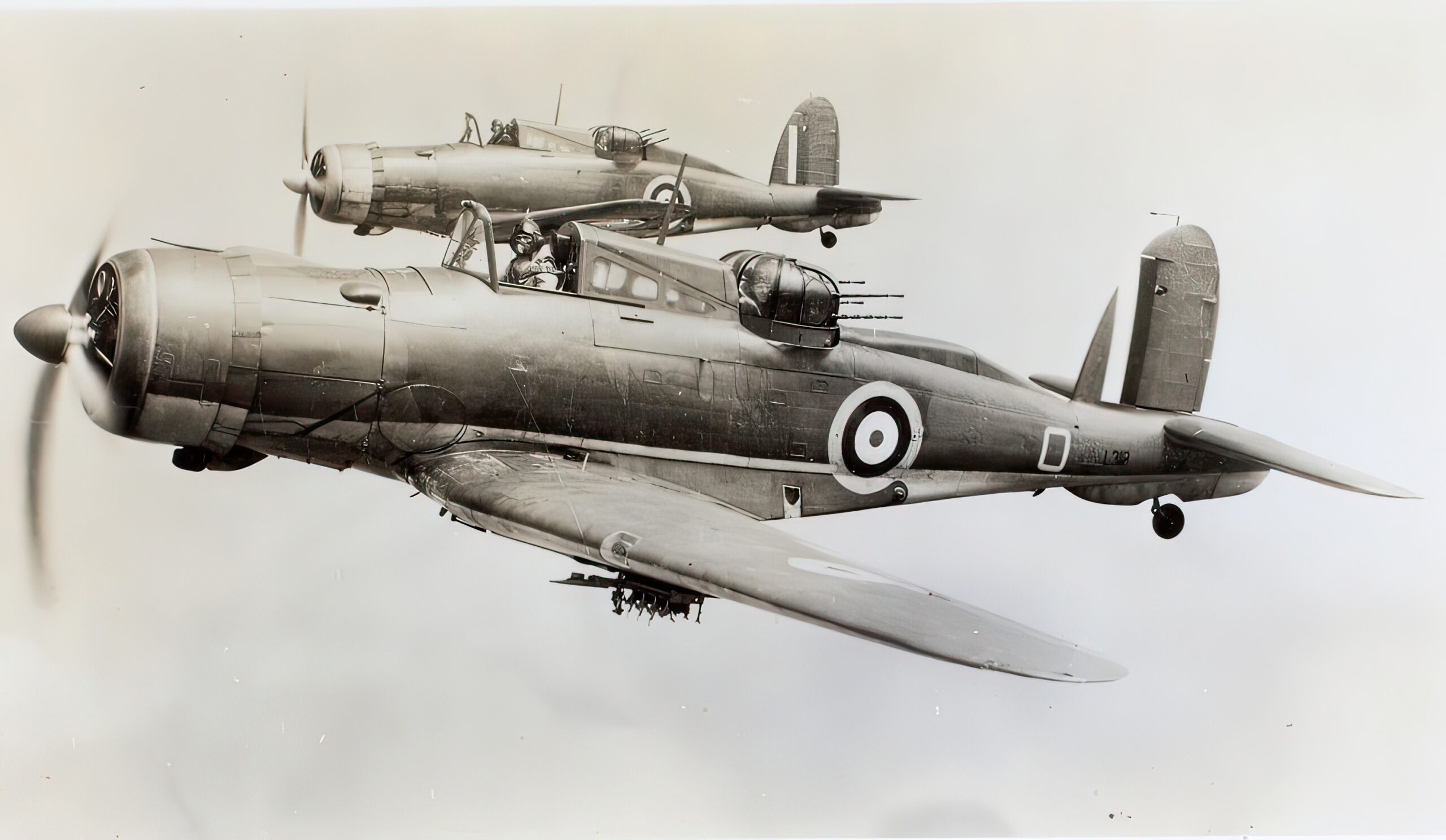
Roc over Norway and France
Introduced into service in April 1939, the Roc saw combat during the hostilities in Norway and then in the evacuation of the Allied troops from Dunkirk, France, in the spring and summer of 1940. There, on May 28, it scored its only confirmed aerial victory, over a Junkers Ju 88.
Once the Fairey Fulmar carrier-borne fighter was introduced into service in mid-1940, the Roc started being phased out from the front line service as it was prone to the same problems as the Defiant. However, Rocs continued to be used in secondary roles, such as target tugs, well until 1944.

